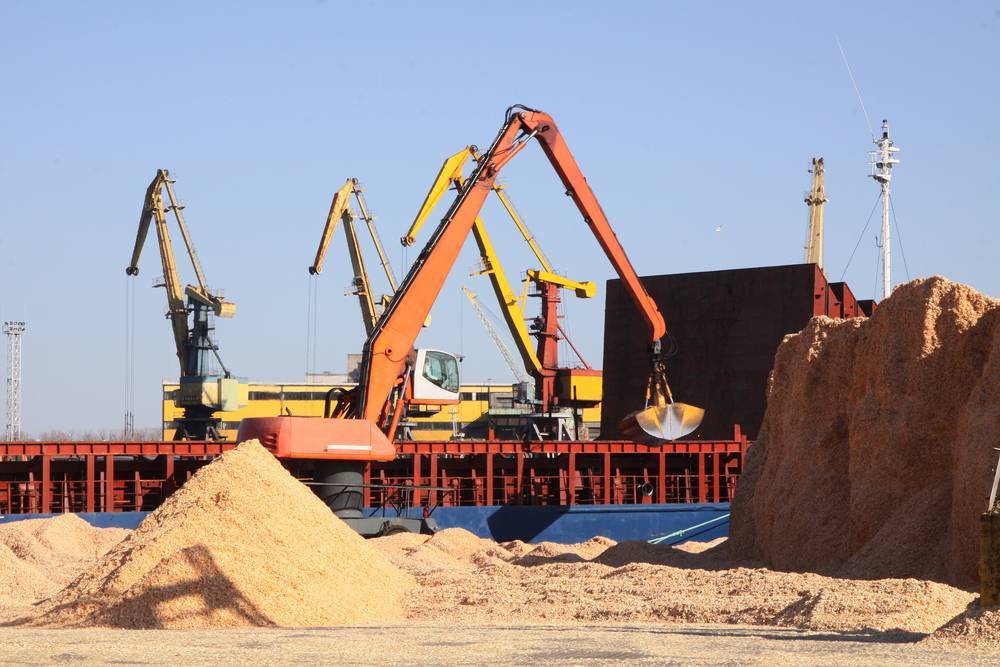How Does Sawmill Waste Collection Work?
Softwood waste can be quite troublesome in sawmills if not disposed of effectively. This is the reason P.H Winterton and Son offer a sawmill waste collection service.
Why is it important to control your sawmill waste? Well, if you work in joinery or on a construction site, we have some handy tips to help control the amount of sawdust you are producing.
7 Ways to Control Sawmill Waste
- If you are a joiner, use an industrial ventilation system
- Keep your tools and blades sharp as blunt tools release more sawdust into the air
- Wear respiratory protection when required
- Reduce exposure to skin by using protective clothing and gloves
- Ensure your staff have sufficient training to explain the dangers of wood dust exposure
- Always practice good personal hygiene by washing hands and face after tasks are completed and before eating and drinking
- Put your sawmill waste to one side and give P.H Winterton a call to arrange a collection using one of our articulated trailers
P.H Winterton operates a fleet of articulated trailers between 30 and 45 feet which are fitted with return air systems and filter sheets. If you are a smaller joinery outfit we also offer a 20-foot hook-lift filter skips which are collected on a regular basis. Our 20-foot open-top waste skips can also be used for off-cuts, wood chips, pallets plus general waste.
How Is Sawmill Waste Used?
Once your sawmill waste has been collected by one of our team it will be used to create biomass fuel, a renewable energy source.
It is an organic material that is produced in a renewable manner to create heat or power. The two most popular components for great biomass fuel come from the farming and joinery industries; they are wood and animal wastes.
Arrange Your Sawmill Waste Collection Today
If you would be interested in arranging a collection for your sawmill waste, please contact P.H Winterton today.

